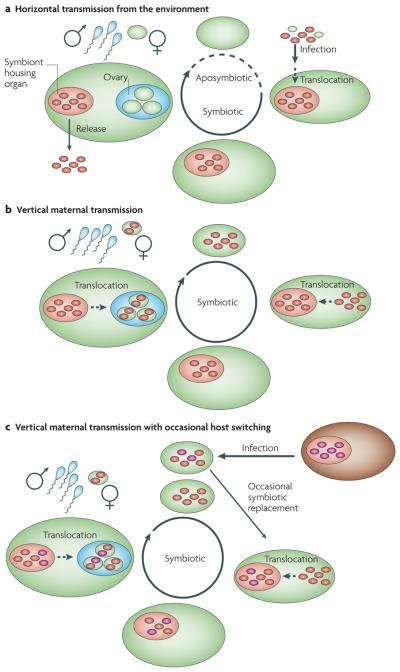Figure 1. Symbiont transmission pathways.
a | Horizontal transmission from the environment. Host reproduction leads to aposymbiotic descendants, which at a certain life stage are infected with symbionts from the environment; often symbionts are translocated from the initial site of host contact to a putative symbiont housing organ; sometimes the environmental pool is replenished by symbiont release. b | Vertical transmission through the female germ line. Prior to host reproduction, symbionts are typically translocated from the symbiont housing organ to the female gonad, resulting in symbiotic descendants; often symbionts are then translocated from the colonization site to the symbiont housing organ. c | Mixed mode of transmission. Vertical transmission and occasional horizontal transmission can occur through host switching. Besides vertical transmission, occasional horizontal transfer of new symbionts (magenta) from a host population within the same species, but not the parent (intraspecific host switching; not shown), from a different host species (interspecific host switching; shown in brown) or from a free-living population (not shown) occurs.

